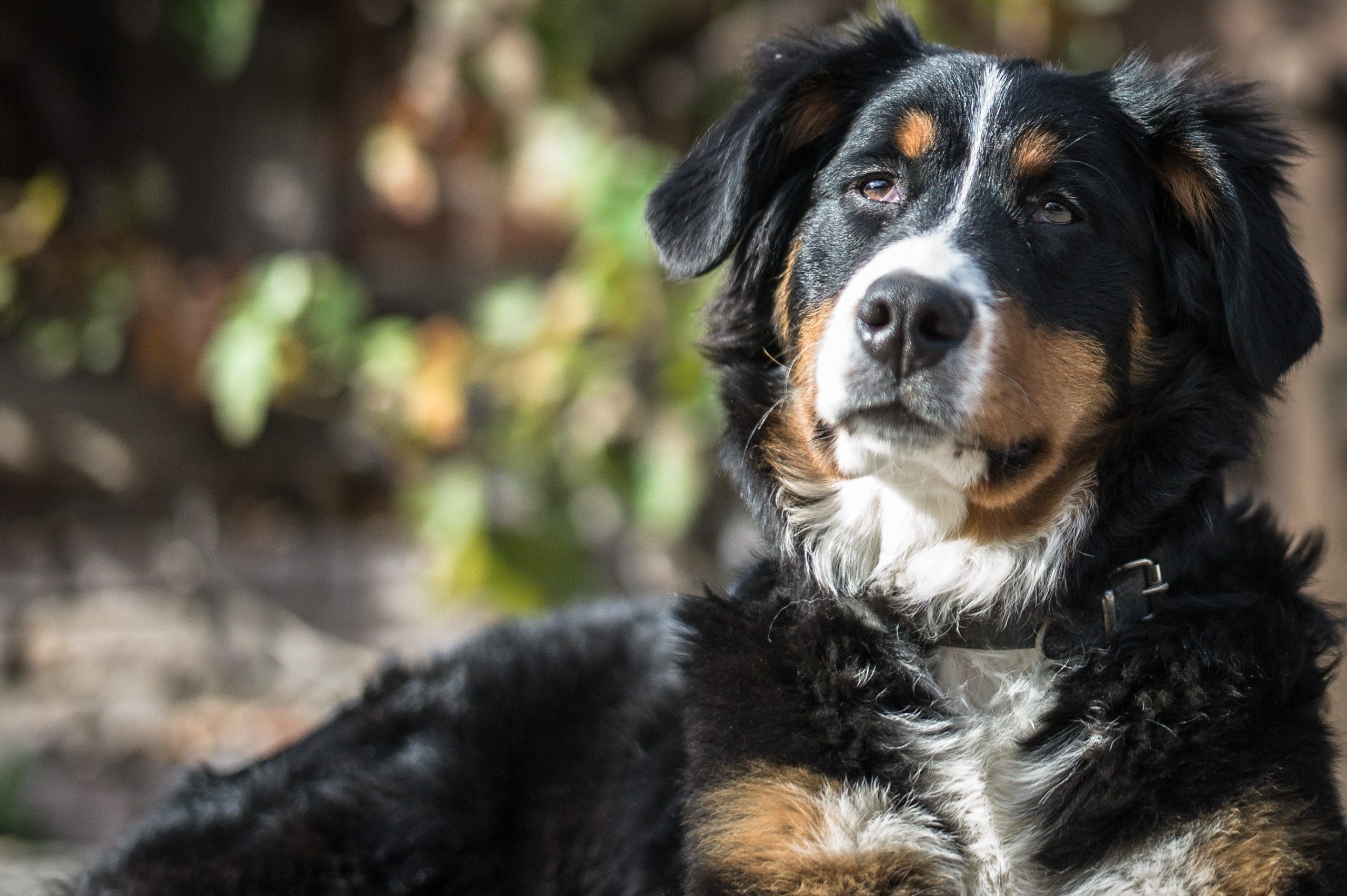Tug of war is a popular game among dog owners, offering a fun way to engage with pets while tapping into their natural instincts. Understanding the appeal of this game can enhance the interaction between dogs and their owners.
Instinctual Appeal
Tug of war resonates with a dog’s instinctive behaviors, rooted in their ancestry as descendants of wolves. In the wild, play fighting helps strengthen social bonds and refine hunting skills. This primal urge to tug, pull, and wrestle remains strong in domestic dogs. A simple rope toy can recreate this scenario, providing both exercise and mental stimulation.
Physical Challenge and Exercise
Dogs are energetic creatures, many of which require ample exercise to thrive. Tugging on a rope or toy serves as an excellent physical challenge, allowing dogs to use their muscles and expend excess energy. Unlike fetch, which involves running back and forth, tug of war offers a different kind of interaction that can be equally tiring. Such physical exertion results in satisfying play sessions for both the dog and the owner.
Strengthening Bonds
Playing tug of war fosters a deeper bond between dogs and their owners. This game encourages interaction, enhances teamwork, and promotes communication. Through this back-and-forth play, dogs learn to read cues and respond to their owners’ movements, reinforcing trust and partnership. The social nature of this game enriches the emotional connection between pet and owner.
Mental Stimulation
Beyond physical engagement, tug of war provides vital mental stimulation. Dogs thrive on mental challenges, and the competitive nature of the game keeps their minds sharp. They learn strategy, timing, and responsiveness to their owner’s movements. This mental engagement is essential in preventing boredom, which can lead to destructive behaviors.
Establishing Rules
The enjoyment of tug of war can be influenced by how the game is played. Establishing clear rules and boundaries is crucial. Teaching a dog to release the toy on command fosters control and ensures the game remains enjoyable and safe. If a dog exhibits overly aggressive behavior, it’s wise to pause and redirect their energy, creating a comfortable environment for both parties.
Safety Considerations
Safety is paramount in tug of war. Using toys specifically designed for dogs prevents choking hazards and ensures durability against strong jaws. Additionally, monitoring a dog’s physical condition is important, especially for those with existing health issues. Consulting a veterinarian before engaging in intense play is a prudent step.
Cooperative Play
While tug of war is often seen as competitive, it can also be a cooperative activity. Allowing a dog to “win” occasionally boosts their confidence and enhances enjoyment. This aspect emphasizes that playtime is about fun and companionship rather than just competition.
Training Opportunities
Tug of war can serve as an effective training tool. Incorporating commands like “take it,” “drop it,” and “leave it” into the game reinforces good behavior while maintaining a playful atmosphere. This turns play into a productive training session, enhancing overall obedience as dogs respond to commands amidst the excitement.
Versatile Activity
Tug of war can cater to various dog needs. For high-energy breeds, it effectively burns off excess energy, while for older or less active dogs, it provides mental stimulation with lower physical demands. Adjusting the game’s intensity makes it a versatile activity suitable for dogs of all ages.
Emotional Benefits
Beyond physical and mental advantages, tug of war offers emotional satisfaction. Engaging in playtime releases feel-good hormones like oxytocin, fostering happiness and wellbeing. This interaction helps dogs feel loved and valued, strengthening their bond with owners, which is essential for their overall happiness.
Individual Considerations
Not every dog is suited for tug of war. Some may become overly excited or aggressive, necessitating careful observation of their behavior. If signs of stress or aggression arise, alternative forms of play may be more appropriate. Each dog has a unique personality, and respecting these differences is crucial.
Breed Differences
Certain breeds, like terriers and retrievers, may excel at tug of war due to their strong prey drive and playful nature. However, individual temperaments vary within breeds. Recognizing a dog’s unique personality helps determine if tug of war is a suitable activity.
Creating a Positive Experience
To ensure a positive experience with tug of war, start with short sessions and gradually increase their length as the dog becomes comfortable. Ending each session on a high note reinforces the association of tug of war with fun, encouraging enthusiasm for future playtimes.
Incorporating tug of war into a dog’s routine enriches their daily life, offering physical, mental, and emotional benefits. This playful activity allows dogs to express themselves, interact with their environment, and connect with their human companions, ultimately fostering a stronger bond and contributing to their overall happiness.

